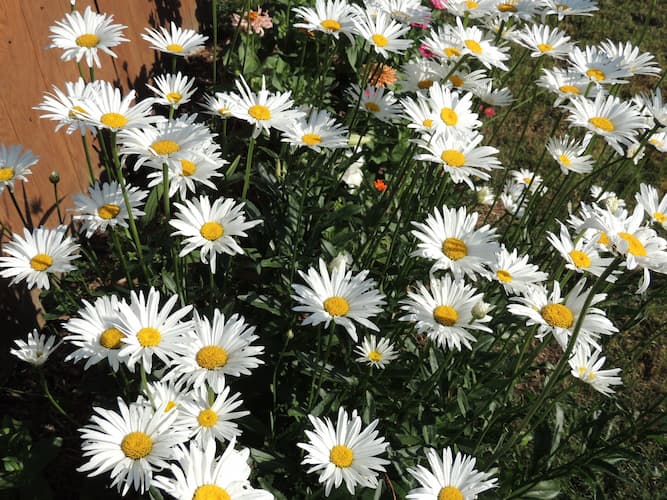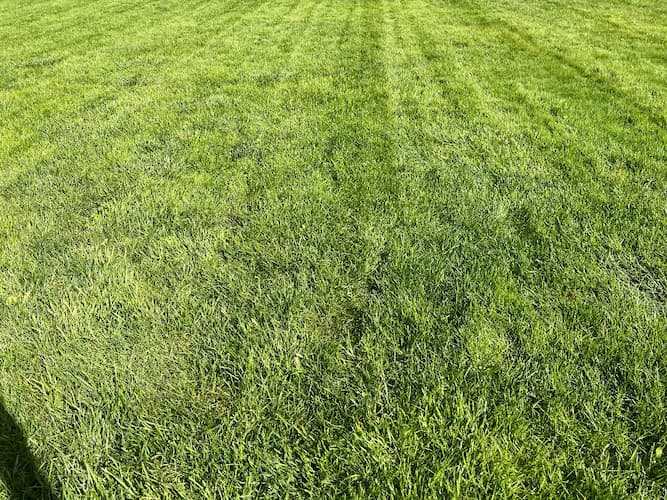Plant Propagation - Plant Division and Root Separation

About Plant Division and Separation of Roots
When we think of plant propagation, seeds always come to mind first. But, for many plants, there are other ways to propagate them. Plant division and separation of roots are two common methods of plant propagation. Many plants, especially those that grow well in groups, clumps, or masses, are easily propagated in this manner. And often this method is easier than planting seeds and waiting for them to grow.
Plant Division
Let’s use Daisies as an example. Daisies look great in clumps and masses. As the plants grow, they spread their roots and propagate more plants from the root system. Eventually, over a number of years, the clump becomes overcrowded. Both the plant and the flowers get smaller, putting on a less than dazzling display.
Enter the world of Plant Division….. Dig up the clump and separate it into 3-5 clumps. Re-plant the smaller clumps, giving one clump to each location. Next year, the plants will reward you with more and bigger blooms.
Here are some examples of plants that can be propagated by plant division:
Many Perennial flowers

Separation of Roots
A great example of propagation by separation of roots is the grasses in your lawn, especially crabgrass! In the home garden, Asparagus is propagated by separating its roots.
Dig up roots of established, overcrowded plants. Look for roots that have an “eye” (bud or nodule) on them. Replant the roots, making sure there is at least one eye on the root. Plant roots at the same depth that they were originally at. Keep the soil moist, and in a few weeks, your new plants will rise to greet the sunshine!
Did You Know? Many of the plants we think of as bulbs are propagated from “Rhizomes”, which are the plant’s roots.
Here are some examples of plants that can be propagated by plant division:
Irises – the roots are called rhizomes
Related Articles
People who like this article will also like:
Please support our site. Shop for:
- rmmatthews100@hotmail.com
- 585-721-6528
- Rochester, NY
©1999-2024 GardenersNet.Com, All Rights Reserved

